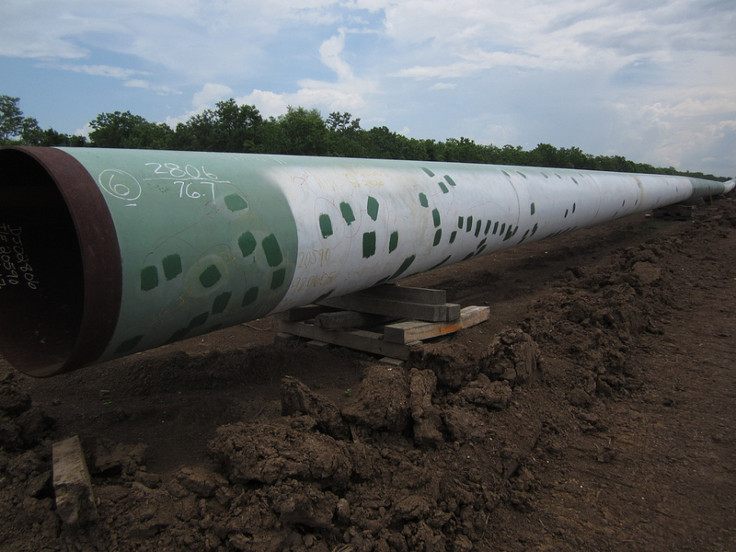Forget Keystone XL; Competing Pipelines Will Bring Oil-Sands From Alberta To US Gulf Coast

While the debate continues over whether or not to approve the controversial Keystone XL pipeline, similar pipeline projects that have gone relatively unnoticed may soon bring crude oil from Alberta and North Dakota to the U.S. Gulf Coast.
The Eastern Gulf Crude Access Pipeline project would bring Canadian oil-sands as well as crude from North Dakota from Patoka, Ill., to St. James, La., to refineries along the Mississippi River and the Louisiana Gulf Coast.
The Eastern Gulf pipeline, a joint venture between Energy Transfer Partners of Dallas and Enbridge Inc. of Alberta, Canada, still needs federal and state approvals, but it is expected to pass the regulatory process without any problems because most of the construction is already in place. If all goes well, the pipeline could go online by 2015.
A key difference between the two projects is that Keystone needs presidential approval because it crosses the U.S.-Canada border. President Barack Obama is the only person who can approve its construction, and he has so far delegated to the State Department to determine whether the pipeline is in the U.S.' national interest, with that decision expected in the next few months.
Until recent years, U.S. crude was shipped north and east, from the oil hub in Cushing, Okla., but as oil production in the Upper Midwest and Canada has increased, refineries in the eastern and northern U.S., as well as in Canada, have not been able to keep up with the glut.
The Keystone XL pipeline is seen as one way to transport crude out to the open markets, but with its persistent delays, many oil producers are looking for other transport options, including rail and possibly new pipelines like the Eastern Gulf.
In November a similar pipeline, Flanagan South, got the okay from a federal judge to move oil-sands and crude oil from a Flanagan, Ill., terminal, southwest of Chicago, to the Cushing hub, and ultimately down to the U.S. Gulf Coast.
The impasse over the recent pipeline projects stems from opponents who say extracting tar sands is extremely energy-intensive because it requires breaking down a semi-solid form of petroleum so it can flow through a pipeline, something that is not necessary for normal crude oil. Environmentalists also point to recent pipeline accidents and oil spills that have harmed wildlife.
Proponents, on the other hand, say the benefits of building the pipeline outweigh the environmental risks by reducing America's dependence on oil from hostile, unstable countries in the Middle East and elsewhere.
But if Keystone gets approved, it won't necessarily be competing with Eastern Gulf.
“[Eastern] is not so much an alternative as much as it's an addition," Bruce Bullock, the director of the Maguire Energy Institute at the SMU Cox School of Business in Dallas, told kitsapsun.com Wednesday. "Keystone would have about a million barrels a day. This would be a little bit smaller. If you look at production forecasts in Canadian oil-sands and in the Bakken, there's probably going to be room in the marketplace for both of them."
© Copyright IBTimes 2025. All rights reserved.






















